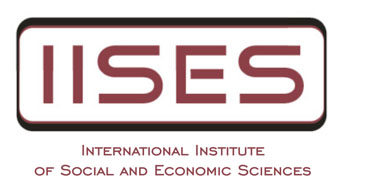Proceedings of the 15th International Academic Conference, Rome
DESIGN REVIEW BASED ON PROCESS MAPPING
FERNANDO QUEIROZ
Abstract:
The DRBPM system analyzes the standard and non-standard definitions, compares them with available resources and the volume of input and designs the optimum way to perform. The other known solutions were developed specially for products and are complex in a way that demand specialists to implement and monitor them. DRBPM can be applied to either products or processes effectively in a simplified way and can be managed by anyone involved in the process which avoids long and complex trainings to the personnel. The other solutions work independently and can help enhance a product/process with some restrictions. DRBPM is a set of known solutions which have been integrated and improved to work as a methodology that can optimize any processes or products thoroughly. The methodology provides an innovative approach of the Design Review Based on Failure Mode (DRBFM) by shifting from the review of a product, process or goods based on failures analysis, typically performed before the product launch to the mapping of all events inside the organization and defining what is standard and non-standard and then design an optimum process flow and resources application. A system and a methodology for reviewing the process and optimizing the flow in a better way. The methodology includes the complete analysis of the current process, which will map and define: The standard processes The mapping and treatment of failures Costs and time measurements Resources mapping and optimization trough the design review. The system processes the data acquired by the method and, through process simulations, gives us, as a result, the optimum process flow. Additionally, the system provides a documentation structure for the whole process according to the ISO 9000 standard and an easy way to show and find documents and related instructions
Keywords: methodology, design, optimization, process, mapping, business, quality, system
DOI: 10.20472/IAC.2015.015.149
PDF: Download

